For years, I’ve watched smart owners grind longer hours while growth flatlines. The challenge? Their operating model. Here’s how a two-partner professional services firm I advised escaped the operational trap and unlocked profitable growth.
The trap: Busy, not better
When I first met the partners, they were doing everything: manual payroll, piecemeal bookkeeping, inconsistent reporting, and ad hoc pricing. Despite loyal clients and great legal work, admin swallowed their weeks, and cash flow felt unpredictable. They started 15 years ago with one employee, and they’d grown to 10 staff, but the business was still running on the same foundations.
What we changed
Accounting backbone: Moved to Xero and cleaned up the chart of accounts. We also automated bank feeds, rules, and recurring invoices to drastically cut reconciliation time.
Payroll system: Implemented an integrated payroll that handles leave, pay runs, PAYE, and timesheets, feeding directly into Xero. This alone removed hours of manual work and reduced compliance risk.
Management reporting: Introduced a monthly pack with WIP, realisation rates, utilisation, AR days, cash runway, and net margin. Partners could now monitor performance regularly instead of being caught off guard.
Budgeting and reforecasting: Built a rolling 12-month budget with quarterly reforecasts. We linked hiring plans to capacity and revenue targets.
Pricing and market review: Conducted an annual fee review to align rates with market pricing and the firm’s value proposition. We coupled this with better scoping to protect realisation.
Expenditure review: Line-by-line review to trim leakage and redirect spend towards growth.
The results
Time: Freed approximately six to eight hours per partner per week within the first quarter by automating payroll, reconciliation, and standardising month-end.
Revenue: Increased by about 12 to 15% in year one, primarily from pricing alignment, improved scoping, and better matter selection informed by the new reports.
Profitability: Operating margin improved roughly 5 to 7% after tightening expenses and improving realisation.
Focus: With admin off their plates, the partners shifted to business development, higher-value work, and team leadership. This became the fuel for sustainable growth.
What business advisory really is
Effective advisory goes beyond ‘more reports.’ It’s:
• Strategy into regular cadence: Clear 12 to 24-month priorities with a monthly and quarterly rhythm that forces execution.
• Financial management: Budgets, cash flow forecasts, KPI dashboards, and pricing discipline that turn data into decisions.
• Systems and process: Selecting tools (Xero, payroll, time/billing) and building simple SOPs so the business runs without constant owner intervention.
• Accountability: Regular check-ins that keep the plan alive when the inbox tries to kill it.
How owners escape working in the business
• Redefine your role: Decide which 10 to 20% of specialist work only you should do. Delegate or systemise the rest over 90 days.
• Standardise the top five workflows: Client intake, scoping/pricing, time capture and billing, payroll, and month-end close.
• Create an operating rhythm: Weekly team huddles for work-in-progress, monthly management reviews, quarterly strategy resets.
Systems that make the firm run without you
• Xero for accounting, with bank rules and recurring entries.
• Integrated payroll to automate compliance and eliminate manual data entry.
• A monthly management report focused on WIP, realisation, utilisation, AR days, cash runway, and net margin.
• A rolling budget and cash forecast to guide hiring, marketing, and partner drawings.
• An annual pricing and market review to keep fees aligned with value and costs.
How to prioritise time for maximum return
40 to 50% growth: Key clients, referrals, partnerships, and thought leadership. Pricing belongs here too.
20 to 30% team and systems: Hiring, coaching, process improvements, capacity planning.
20% financial oversight: Management reports, cash flow, budget variances.
10% specialist work only you can do. Ruthlessly eliminate the rest.
A story behind the numbers
One of the partners often discounted fees ‘to be competitive.’ After we implemented Xero and payroll, stood up a monthly KPI pack, and ran a structured fee review, we reset pricing and scoping. Six months later, average matter realisation was up eight points, AR days dropped by 12, and partner admin time fell by roughly 30%. That time funded targeted business development and two smart hires, key drivers behind the ~14% revenue uplift over the year.
If you recognise yourself in this story (working harder yet standing still), the solution comes from better systems, clearer numbers, and a reporting cadence that protects your focus. That’s the real work of building a firm that grows without grinding down its owners.
If this story sounds familiar and you’re ready to stop grinding and start growing, let’s have a conversation. We can review your current systems, identify where you’re losing time and money, and create a practical plan to get you out of the day-to-day operations. Book a chat with us and let’s figure out your path forward.











